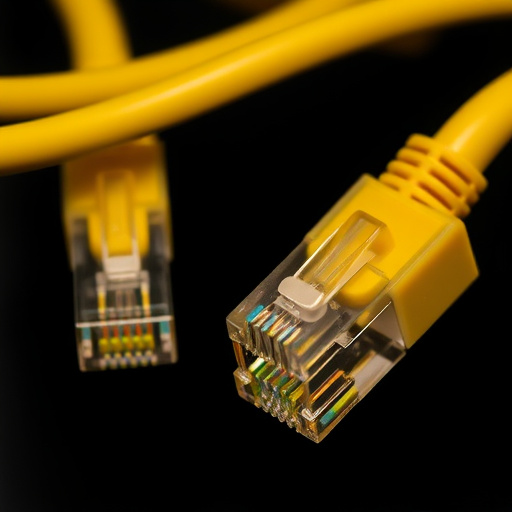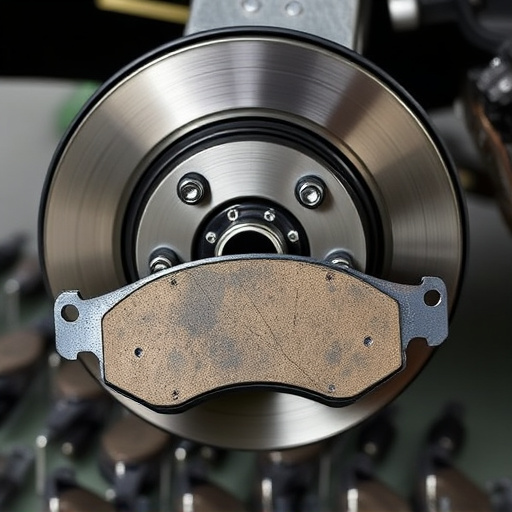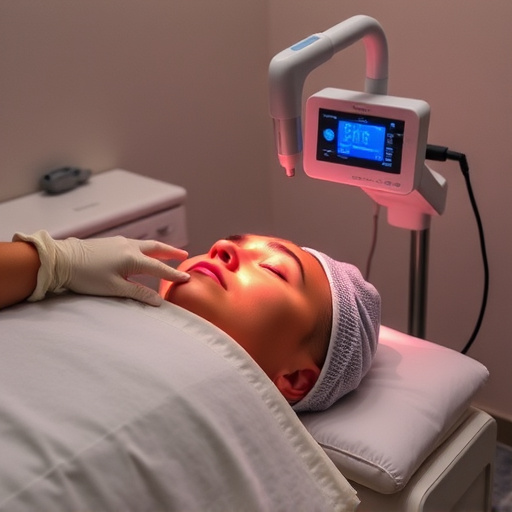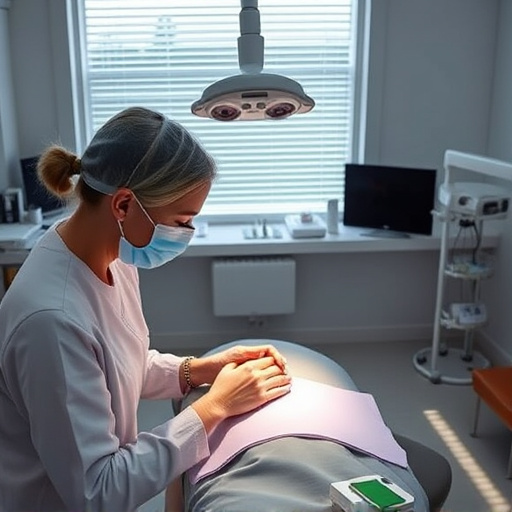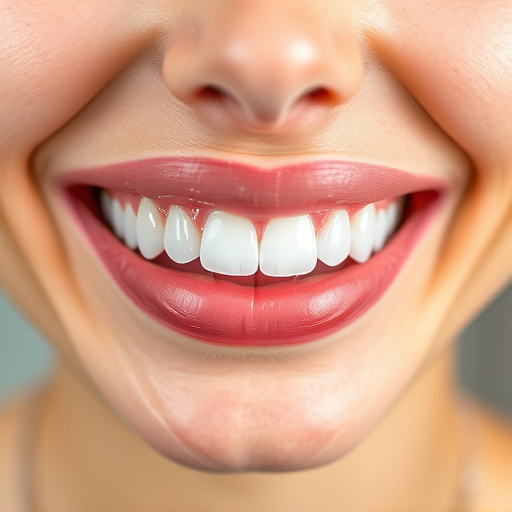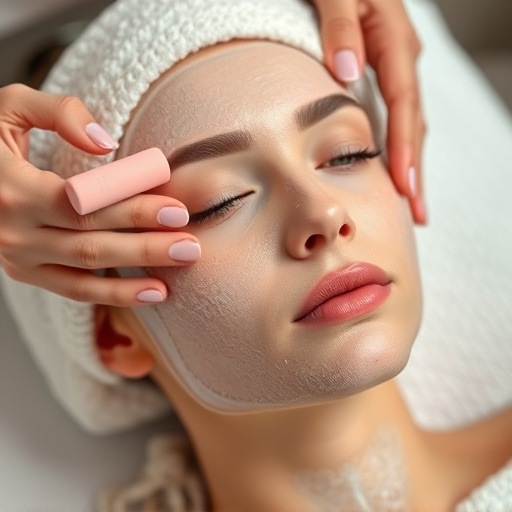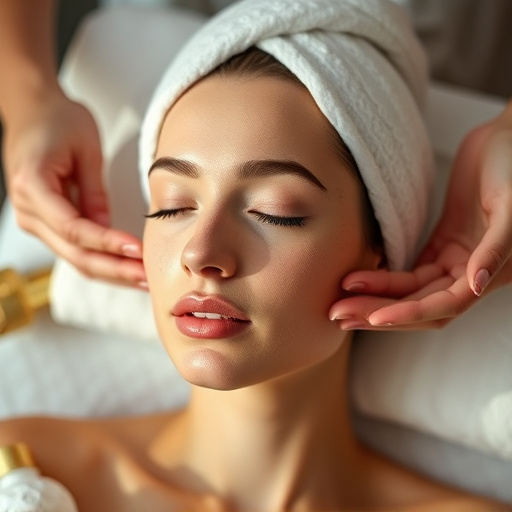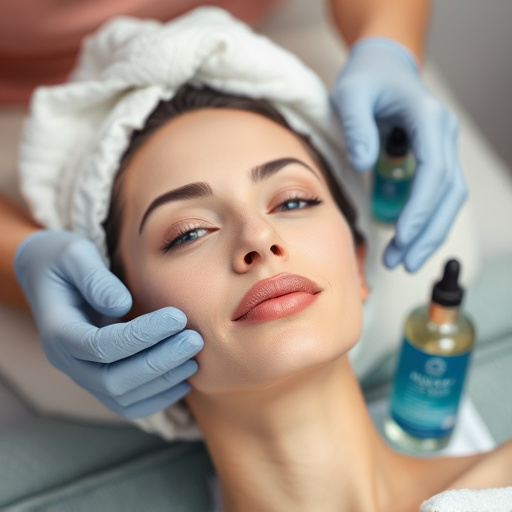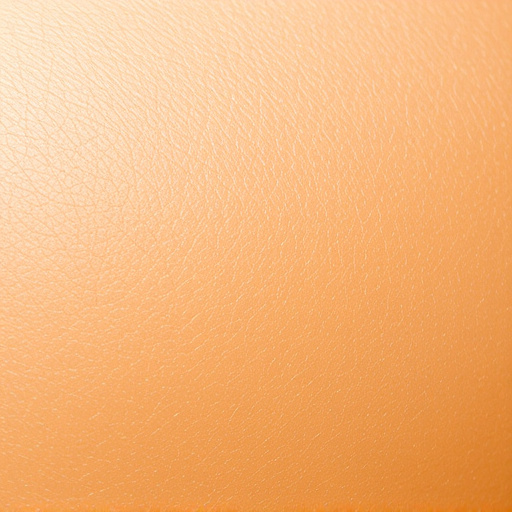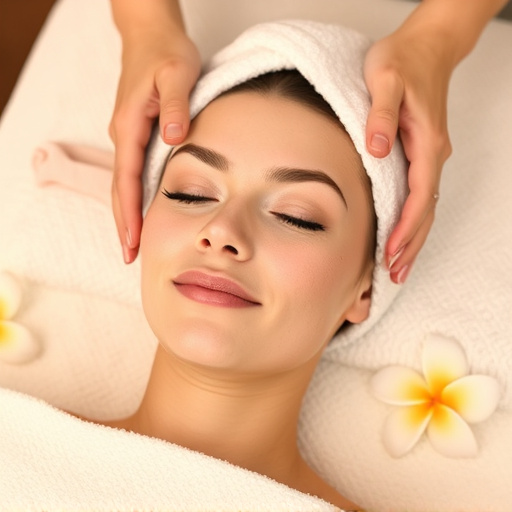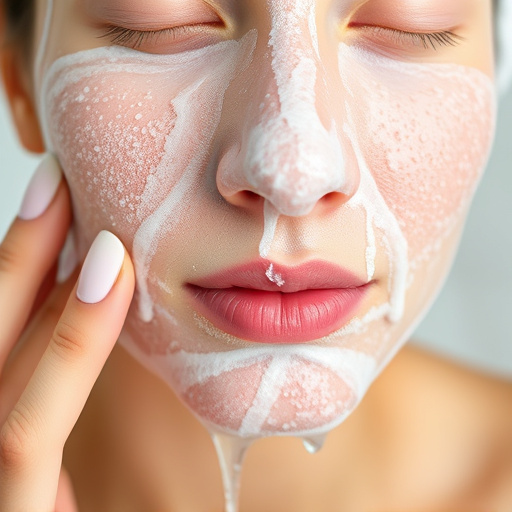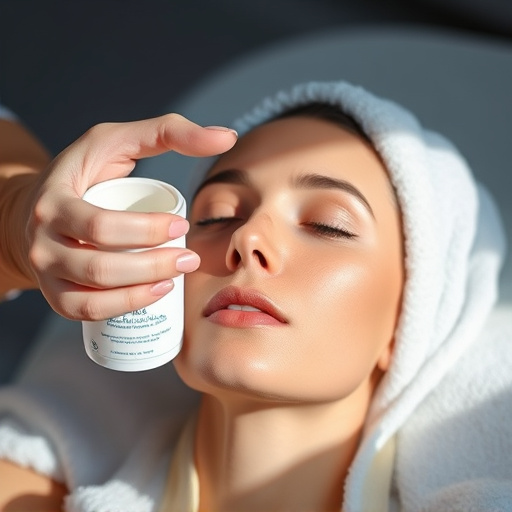Acne, caused by hormonal fluctuations, genetics, or blocked pores, can lead to scarring and low self-esteem. Professional acne facial treatments address root causes with techniques like chemical peels, extractions, and topical applications. A recommended step-by-step routine includes cleansing, exfoliation, and targeted treatments based on skin type. Key steps involve pore refinement, sealing with moisturizer and sunscreen, and maintaining a consistent cleansing regimen, hydration, and UV protection for long-term clearer, healthier skin.
- Understanding Acne and Its Causes
- The Step-by-Step Expert-Approved Facial Routine
- Additional Tips for Complementary Care and Maintenance
Understanding Acne and Its Causes

Acne is a common skin condition that affects millions worldwide, causing inflammation and redness on various parts of the face, back, chest, or other areas prone to oil production. Understanding its causes is key to effective management and choosing the right acne facial treatment. The primary culprits include hormonal fluctuations, genetic predisposition, excessive sebum production, and blockage of pores by dead skin cells or cosmetic products.
While it may seem like a simple matter of keeping the face clean, untreated acne can lead to scarring and impact self-esteem. This is where professional aesthetic treatments and medical spa services come into play, offering tailored solutions beyond over-the-counter remedies. Skilled estheticians use advanced techniques such as chemical peels, extractions, and targeted topical applications to address the root causes of acne, promoting healthier skin and clearer complexions.
The Step-by-Step Expert-Approved Facial Routine

The journey to clear, radiant skin starts with a meticulous step-by-step routine endorsed by dermatology experts. This process begins with thorough cleansing to remove impurities and excess oil, followed by exfoliation to unclog pores and promote cell turnover. A key component is applying targeted treatments tailored to individual skin types and concerns—whether it’s hydrating for dry skin or antibacterial for active breakouts.
Next, the focus shifts to pore refinement techniques like steam therapy to open pores, allowing for deeper cleaning. This is followed by a customized facial mask that provides intense hydration, calms inflammation, or targets specific issues. Finally, a light, nutrient-rich moisturizer and sunscreen seal the deal, locking in moisture and protecting against future damage. Each step is crucial, contributing to improved skin texture, reduced acne scars, and overall skin tightening—a holistic approach for an effective acne facial treatment.
Additional Tips for Complementary Care and Maintenance
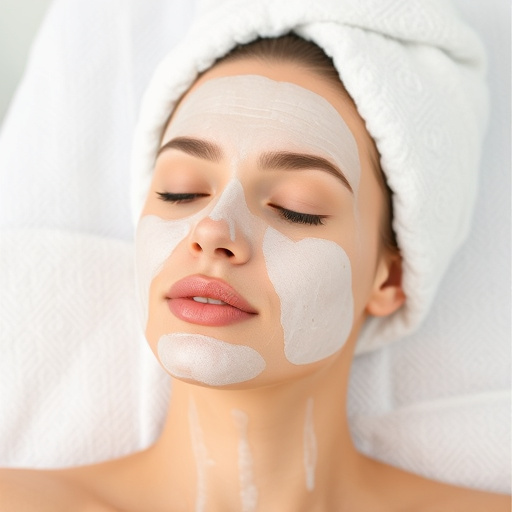
To complement your acne facial treatment, incorporate a few simple yet effective practices into your daily routine. First, maintain a consistent cleansing regimen using gentle, non-irritating products suitable for your skin type. Over-scrubbing can worsen inflammation, so use a soft cloth and mild cleanser to avoid damaging the skin barrier.
Additionally, stay hydrated by drinking plenty of water throughout the day. This promotes skin health from within, helping to flush out toxins and reduce blemishes. Lastly, protect your face from the sun’s harmful UV rays using sunscreen with at least SPF 30. Regular use of sunscreen is crucial for preventing post-inflammatory hyperpigmentation, a common side effect of acne scars. These additional tips, combined with professional skincare treatments, will contribute to clearer, healthier skin in the long term.



